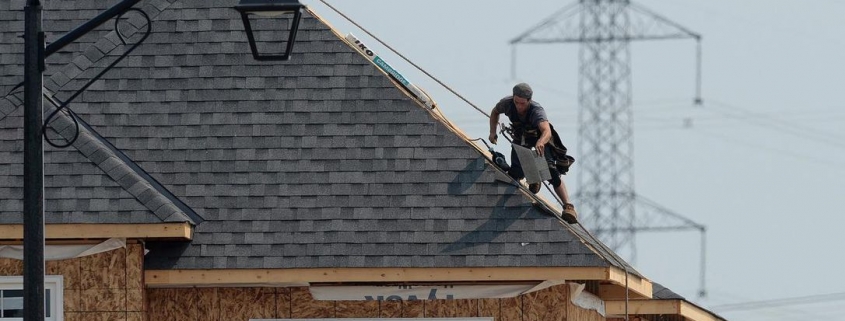Like all markets, the housing market in Ontario is driven by the laws of supply and demand. Strong demand for housing has created a persistent supply challenge that can only be solved, simply, by boosting the number of new homes being built.
This approach makes sense. It is supported by numerous economists and academics. This is why the Building Industry and Land Development Association is encouraged by the provincial government’s focus on boosting housing supply.
Every month, BILD releases the previous month’s new home sales data, gathered by Altus Group, tracking the relative health of the new housing market as reflected in sales, inventory, price per square foot and comparisons to historical trends. The data we released for September pointed to a modest recovery from the slump of the previous year, but, given that new home sales and inventory increased in tandem, the data underscored that the GTA continues to experience a significant housing-supply crunch.
In previous columns, I have highlighted that the GTA is one of the fastest growing metropolitan areas in North America, with an average of 115,000 net new residents per year. Our population is expected to reach 9.7 million by 2041. Given this robust growth in population, demand for housing of all types — to buy or rent — is strong and will remain so.
The challenge is that the supply side of the housing equation in Ontario is highly regulated and dependent on factors that can make it less responsive to demand signals. The first of these factors is the supply of land designated for residential construction and serviced with the appropriate infrastructure. Within the cities of the GTA, the amount of available lands for new residential construction has been steadily decreasing.
Another factor that restricts our housing supply relates to planning and approvals. New housing cannot simply be built any time, anywhere. All new housing projects go through a complex and lengthy approval process, subject to multiple pieces of provincial regulation, which is interpreted and administered by municipal governments. This slows the supply side from being able to meet demand signals. As a result, in the GTA it takes on average of 10 years to complete a typical highrise project and 11 years to complete a typical lowrise project.
Like a growing number of governments around the world, the Ontario provincial government has recognized that achieving balance in the housing market starts with increasing supply. The government recognizes that adding new homes helps moderate prices, creates trickle-down housing opportunities for those looking to enter the housing market and has a beneficial impact on the rental market.






 Maziar Moini, Broker of Record - Home Leader Realty Inc.
300 Richmond St. W., #300, Toronto, ON M5V-1X2
Maziar Moini, Broker of Record - Home Leader Realty Inc.
300 Richmond St. W., #300, Toronto, ON M5V-1X2

